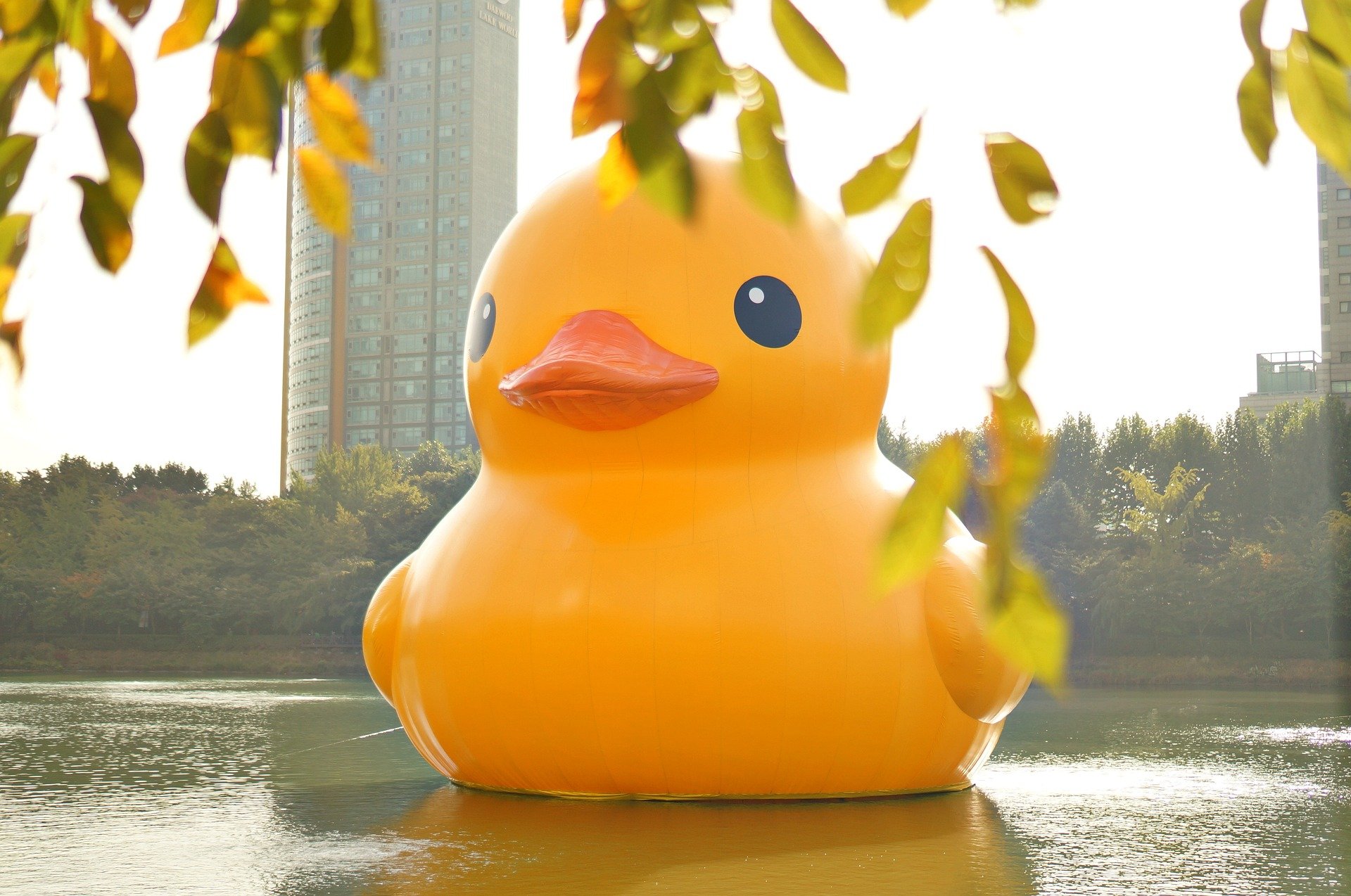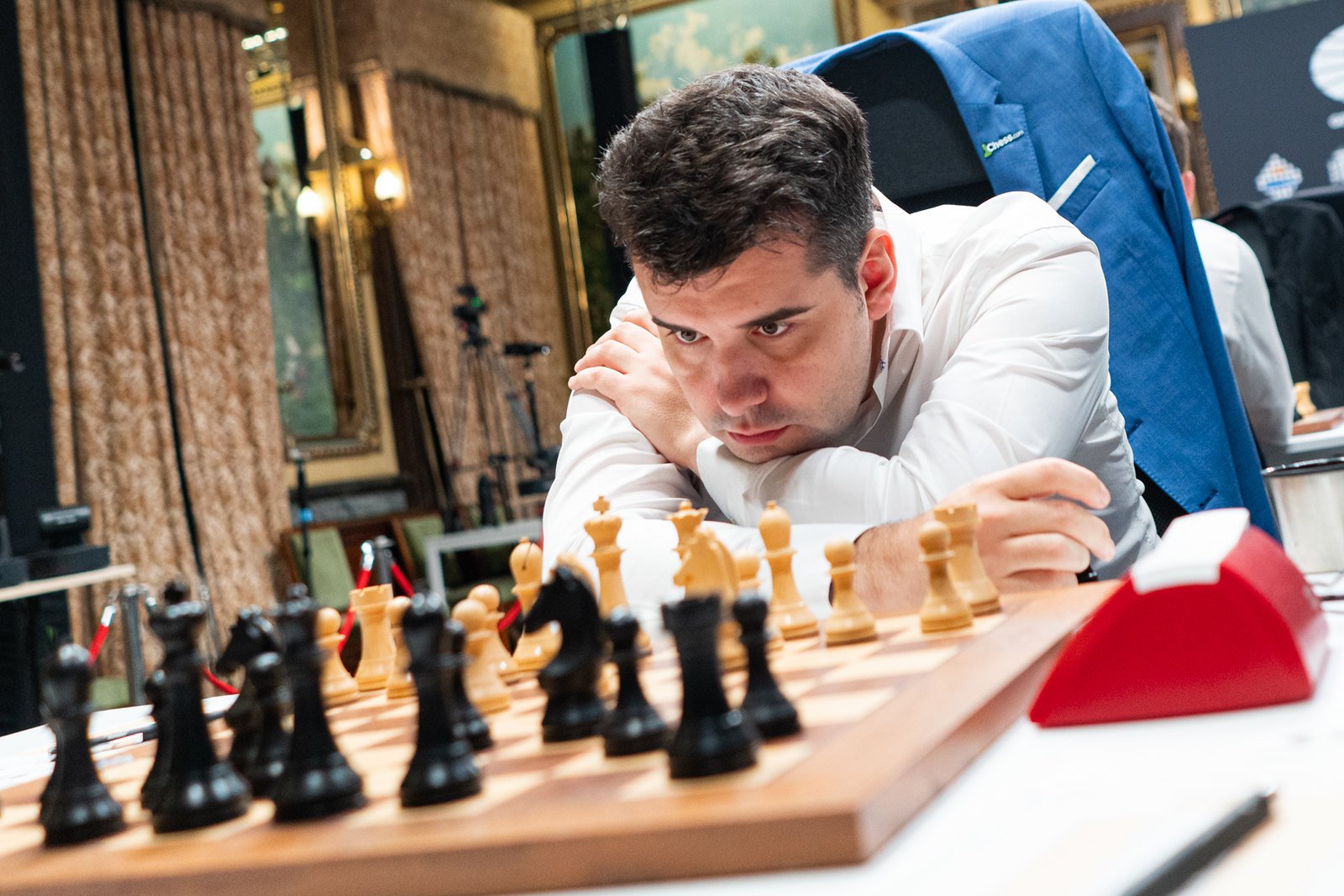Duck chess is a popular variant of the classic game where an adorable little rubber ducky is added on the board to further complicate the traditional gameplay. After every move, you’ll have to move it around, limiting the scope and movement of the regular pieces—and creating many new considerations to chew through. International Master Eric Rosen is perhaps the biggest proponent of duck chess, but it’s been a fun pastime for most of the popular chess content creators at one point or another.
Duck chess was invented in 2016 by Dr. Tim Paulden, the president of the Exeter Chess Club. The basic rules are very similar to traditional chess: the same pieces and the same board are in play. The two players, however, share control of a tiny duck. In reality, it’s more like a brick than a bird: it blocks everything in its path (though knights can hop over it), and it also can’t be captured.
Each player moves the duck after making their chess move. This has to be done—leaving the duck in its previous position is not allowed by the rules.
There are other minor adjustments to the normal rules to round out the duck chess ruleset. There is no check since you can use the duck to block the attack after you’ve made your move. As a corollary, you win by capturing your opponent’s king instead of checkmating them. Castling and en passant are still allowed as long as the ducky does not interfere with them.
The duck’s presence also has an impact on stalemate, which is a draw in regular chess (one of the players has no legal moves to make, but their king isn’t under attack.) This is because most traditional stalemate positions are resolved by the ducky. In very rare cases there is a stalemate position on the board—meaning the king can’t make any move whatsoever, since it’s already allowed to move somewhere where it would be in check in regular chess—but in this case, the player without a move is declared the winner. Paulden calls this rule “fowling.”
If you’re interested in playing duck chess, chess.com offers it as a variant on its website. Though the mode is not available on Lichess at the time of writing, a similar open-source site, Pychess, which focuses exclusively on variants, does.
Duck chess notation adds an @ sign after the normal move and then the square where the duck was placed. For example, e4@e5 or Bxa6@c8.
Here are some videos if you’d like to check out some duck chess gameplay from the best and brightest players of the world:
Also, the idea of a rubber duck mucking about on the chessboard is just cute. Period.












Published: Jan 31, 2023 07:56 am